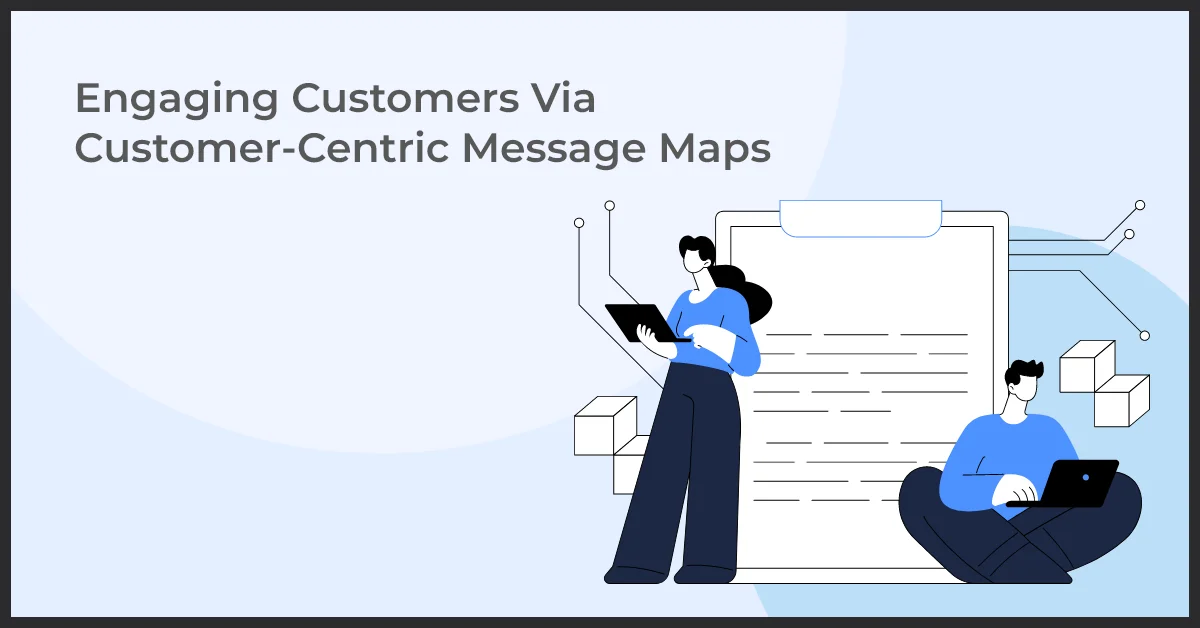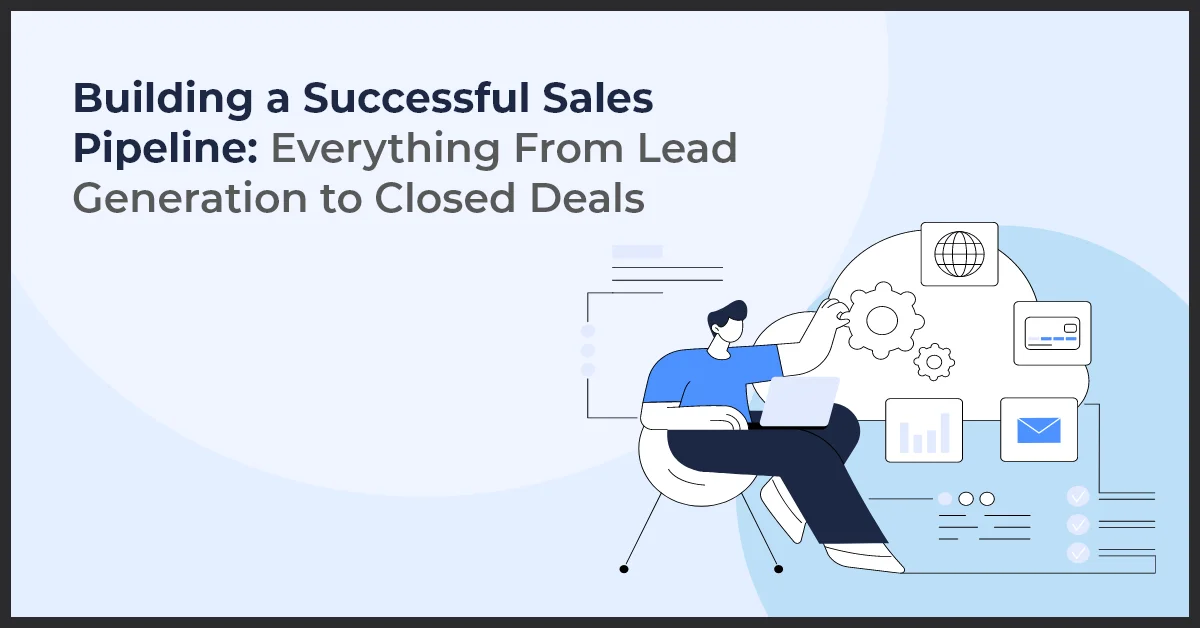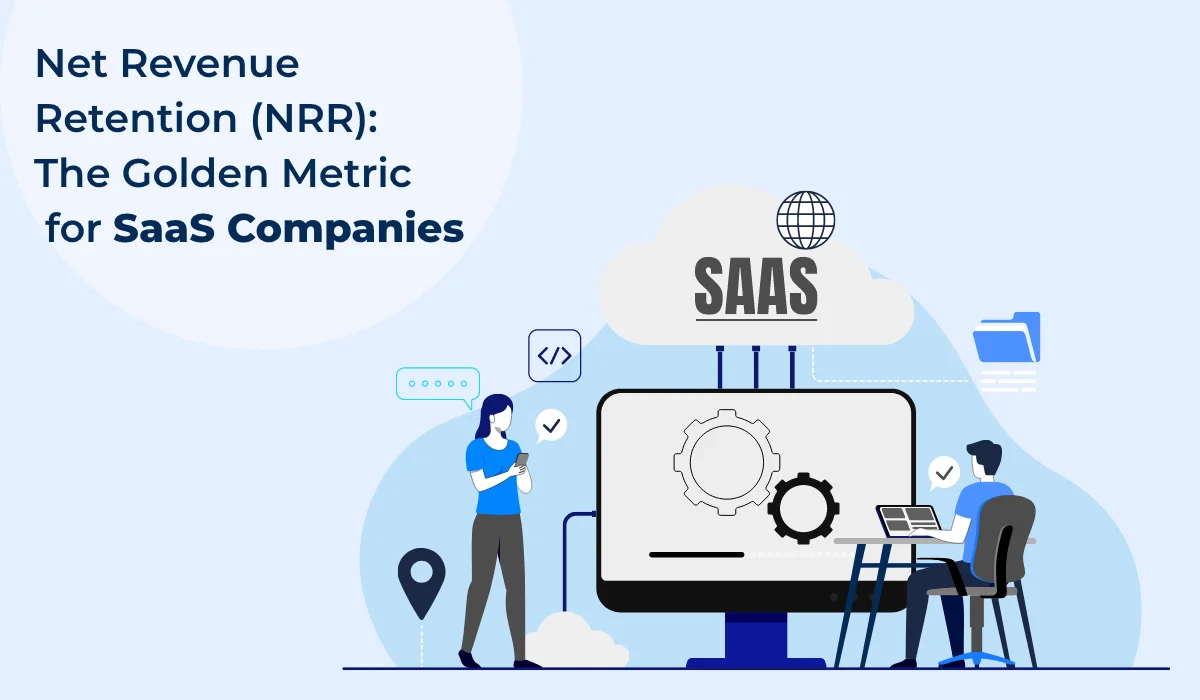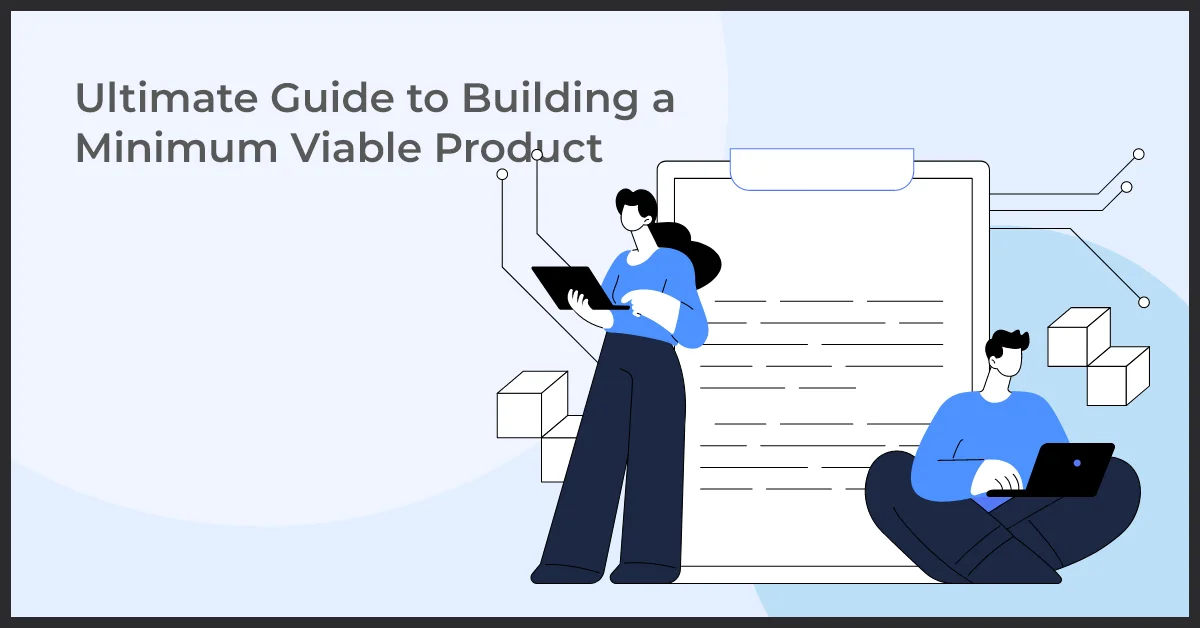Engaging Customers Via Customer-Centric Message Maps

Published on: July 5, 2022
Updated on: October 22, 2024
2052 Views
- Strategy
6 min read
Engaging customers has always been a challenge for marketers, but what is more taxing is engaging the right ones. The digital landscape has evolved exponentially over the years, letting you into diverse strategies for boosting engagement. One of the strategic means that delivers proven results is message maps.
For those who do not know what a message map is, let’s give you an overview!
A message map is a tool or framework used by marketers to create a relevant and compelling message for their end-users. It is an organization’s alignment tool that ensures consistency in their messaging. Message relevancy and consistency are indeed the two most essential elements when it comes to communicating with customers and engaging them. So, you can use a customer-centric message map to capture all the necessary prerogatives about your business, products, services, and value proposition that aims to engage different audience segments.
For example, a sales representative would go through a message map before a call, while an email marketer might replicate headlines for their mail. When your team uses the messaging map, you will see more constant product positioning and a more powerful brand identity. That's fantastic news for your company!
Craft Messages Narrating Customers What’s Stored for Them
Use message maps to prioritize, streamline, and align vital messages. Empower your marketing and sales teams to address various customer segments with consistent, precise, and relevant messaging.
Essentially, the goal of a message map is to answer the most critical question by prospects—what’s in it for me?
However, if we talk about marketers, there is not an individual or a definitive message structure or architecture that they follow. In fact, they work around different message frameworks where some are extremely basic, while others are complicated and comprehensive. As a business leader, you might follow a specific format but if not, then you can craft a message that explains what it holds for your end-users.
Tips for Creating Customer-Centric Message Maps
Recognize Your Key Message
Customers are looking for solutions. So, it is important to talk about their pain points or how your product will benefit them. The key is to understand what kind of message will attract your customers.
For example, when creating a product copy, focus on how your product will address your audience’s pain points, and based on that, create a relevant copy. Likewise, when creating a message map, focus on the benefits your audience will get.
You want your target audience to remember you. Therefore, you must ensure that your key message is meaningful and in alignment with your brand’s vision such that it boosts engagement and starts a conversation.
Adhere to Your Brand’s Voice
A message map is not explicitly for your external audience, it is a resourceful asset for your team, as it explains how your team can communicate with your target audience. This is why you must avoid writing it like an ad copy.
Stick to your brand's voice to create a message map that offers ready-to-use messaging and works as an effective resource.
Start with Buyers Persona
When writing anything, it's a good idea to start by figuring out the essentials, such as the subject, objective, and audience. Because your buyer personas represent your target audience, they are the greatest place to start with when creating a message map.
Basic demographics, company and employment details, and what drives or foils the prospective customer, should be added to your buyer personas. These reasons should be the focus of your messaging map.
Know Your Competitors
Creating a good message map intimidates your competitors. When developing your messaging map, it's critical to observe your competitors and look out for what they are doing or what strategies they are using. You should look at their homepage, ad text, press releases, emails, and more if you are conducting overall message research. However, you should concentrate your message maps on their product pages.
Remember, the main objective is to make your customers differentiate between your product and brand right in the pool of competition. So check at what your competitors are up to and then improve your messaging to make it more appealing to your target audience.
Create Customer-Centric Content
It's critical to write your message map in such a way that it can be used practically and realistically. This entails structuring it with the end-users in mind. You need to keep in mind that a message map isn’t only about marketing. For example, you need to incorporate the right content message for sales presentations or customer service messages.
Be Consistent and Credible
You acquire trust by continuously delivering the same message over time. It lays the groundwork for stronger brands and positive reputations, as well as for saving time. People will believe you and your message if you repeat yourself. As a result, your company's influence grows. Remember that your entire business can speak with one voice if you have a clear, consistent message.
How to Know If Your Business Strategy Needs a Message Map
Let's cut to the chase: your product isn't going to sell on its own. The majority of items just do not. That's why product marketing focuses on creating your solution's positioning as well as language that your potential consumers will understand.
You need a message map if:
- Your team is unable to deliver key messages to end-users;
- Your marketing and sales team members are unable to respond to counter messages or potential objections.
A precise and petite messaging map ensures that everyone on your team as well as your business partner is on the same page. It helps ensure less ambiguity as well as less friction in the consumer buying experience, and alignment in your marketing and sales processes.
Final Thoughts
Customer-centric message maps bring your customer engagement plan to life. Your message map outlines how your company will communicate with the market and what that communication will sound like.A good message map is key to standing out from your competition. It's a smart strategy to map out your messages while ensuring consistency and relevancy. If you are finding it challenging to create customer-centric messages to boost engagement, reach out to our experts at info@growthnatives.com and we will take it from there.



